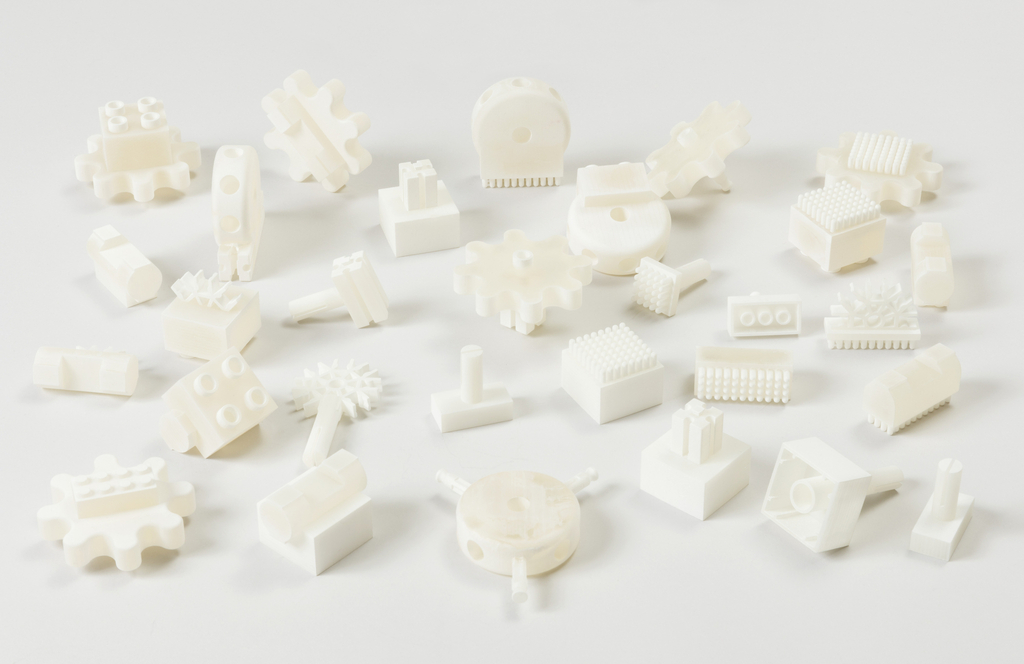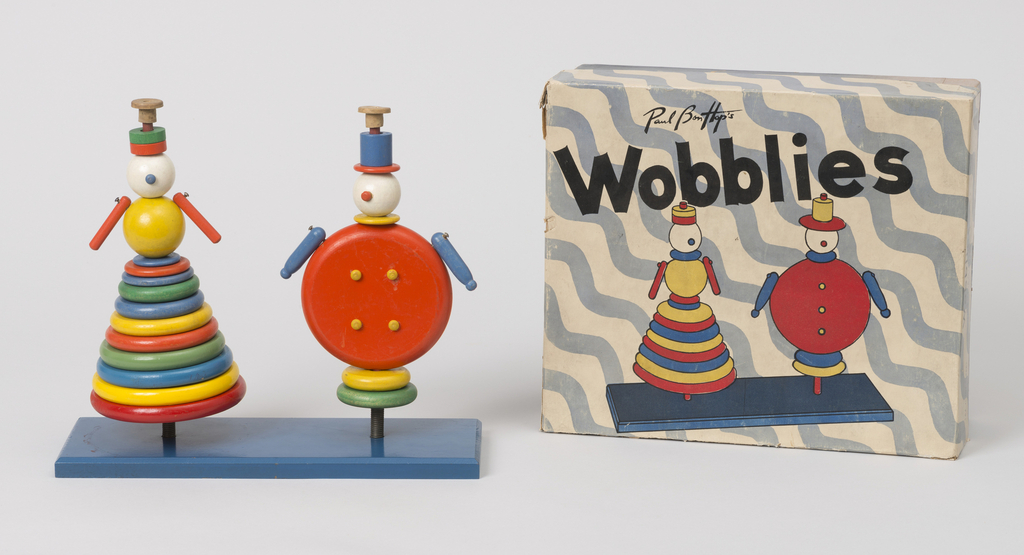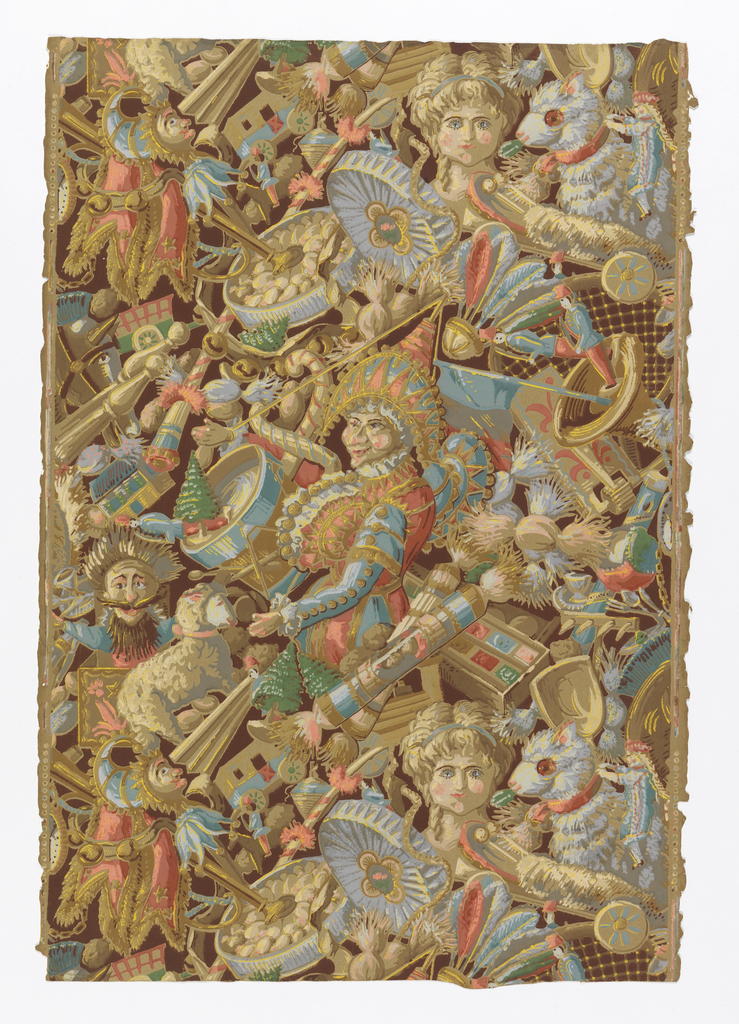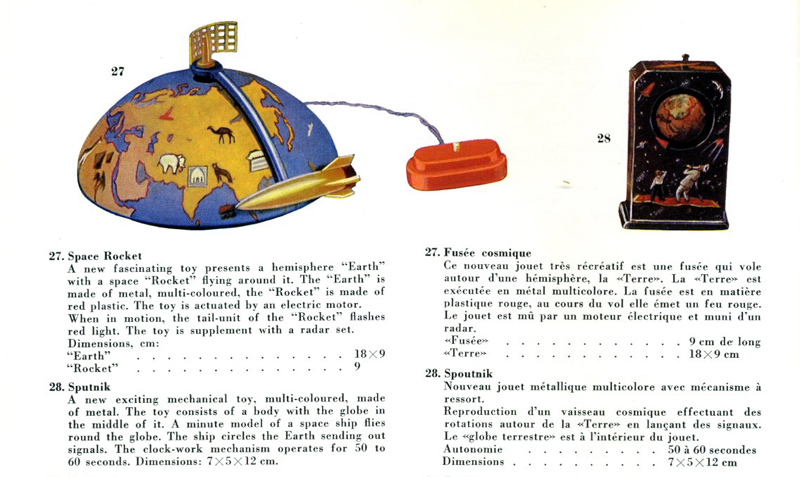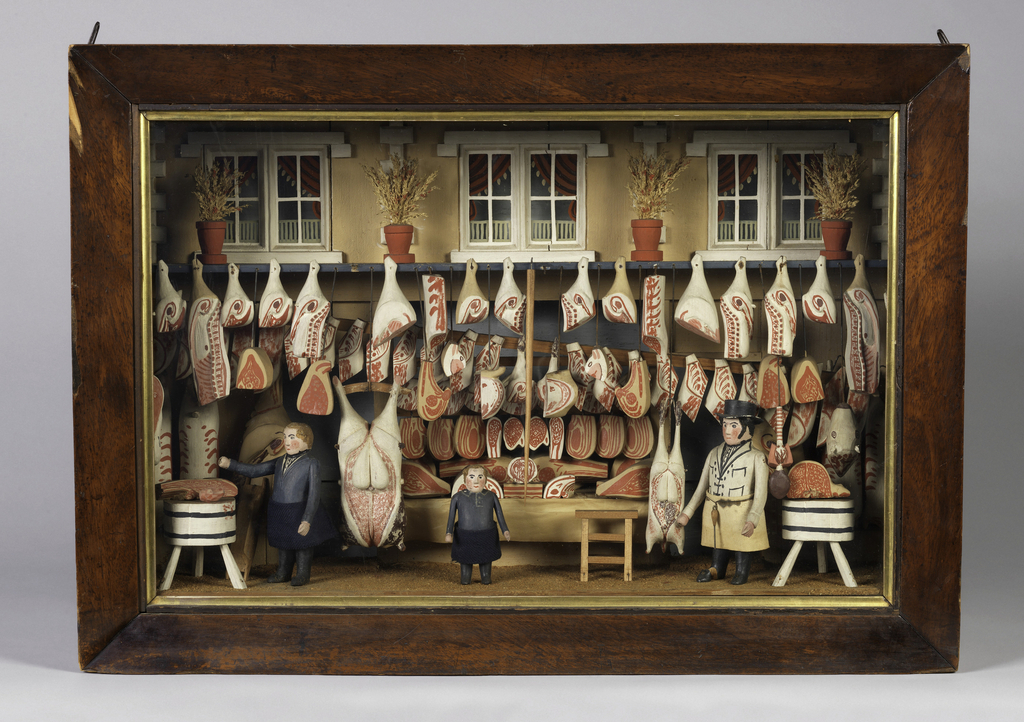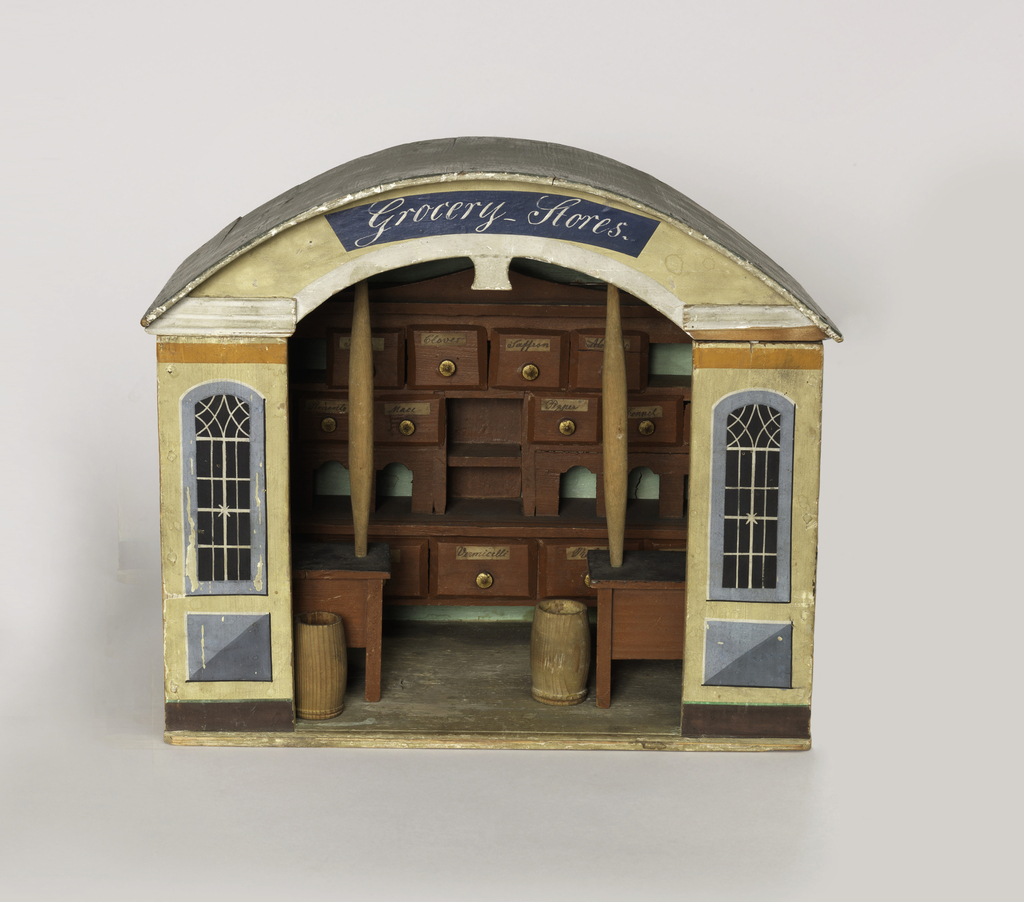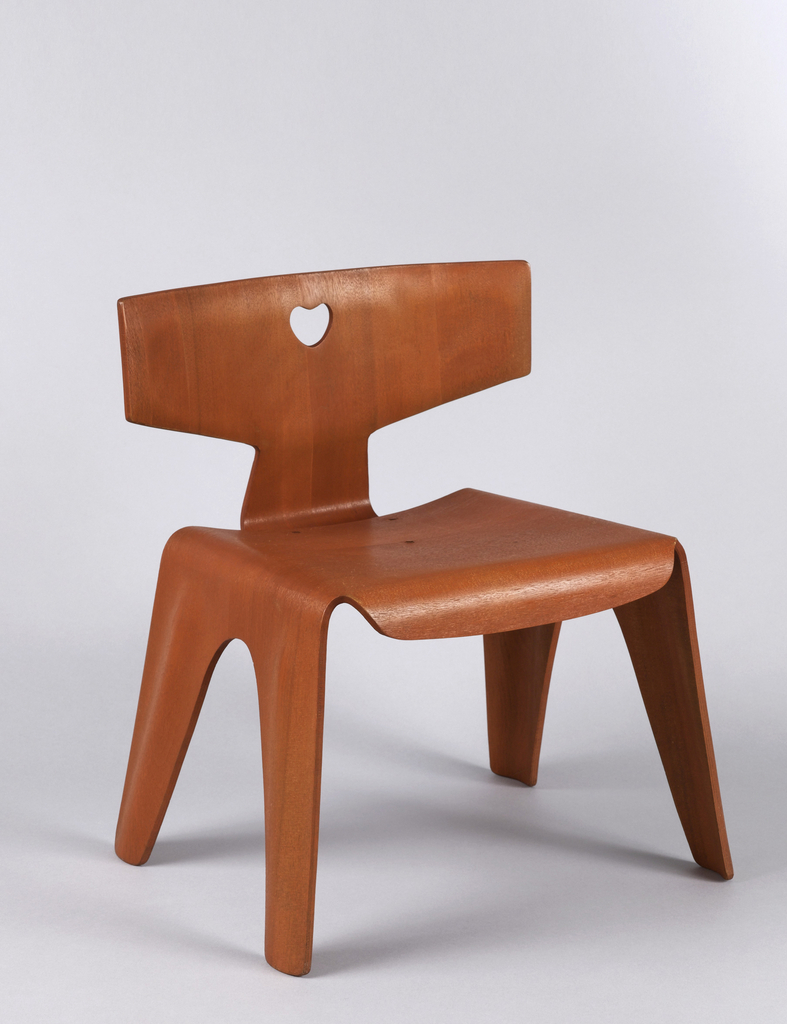Can a children’s toy function as a subversive agent of anti-capitalism? Possibly. The Free Universal Construction Kit is a set of design plans for nearly 80 two-way adapters capable of joining together individual parts from ten popular brands of construction toys, allowing for interoperability between otherwise incompatible construction toy parts.[1] Available for download at no...
The Wobblies show their wobbliness, which is cleverly illustrated on their box by faint wavy blue lines. Interestingly, there are two definitions of the word wobbly. The first is “inclined to wobble; shaky.” A Wobbly (capitalized) is also “a member of the Industrial Workers of the World, an international, revolutionary industrial union founded in Chicago...
If you have ever wondered what it’s like to be a toy inside of Santa’s sack, this is the wallpaper for you. This close and colorful design was most likely printed in France, and might best be described as the wildest Christmas-morning dreams of a child in the 1870s. Jack-in-the-boxes, toy trains and badminton racquets...
This Soviet era trade catalog for toys was intended for non-Russian audiences, and was produced by the Raznoexport Company in Moscow. This firm sold all sorts of consumer goods of Russian manufacture for export; the text is in English and French. Textiles, rugs, tobacco, bicycles, cut glass, and building materials among other goods were marketed...
How can you draw customers inside your shop, when exposing wares in a window is not an option? This framed wooden butcher’s shop might be an answer. Although it is unclear to what uses this framed life-like model of a butcher’s shop might have been put, the fact that it is framed and behind glass,...
Seventeenth-century Dutch socialites Petronella de la Court and Petronella Oortman, the dauphin of France, Queen Victoria, and Queen Mary had them: dollhouses and miniature replicas of masterworks of furniture and decorative arts, through which they could recreate their larger-than-life existence. The popularity of these Lilliputian marvels extended well into the twentieth century, when doll-sized houses,...
Experimenting with the possibilities of molded plywood during World War II allowed influential design couple Charles and Ray Eames to perfect a cheaper alternative to metal leg splints. The lightweight design proved to be a life-saving innovation for wounded soldiers. At the end of the war, the Eamses redirected their improved understanding of molded plywood...
The phrase “Web 2.0” refers to the rise of social media over the past four or five years, in which users post their own content as well as shaping the way existing content is viewed through commenting, voting, rating, tagging, and other forms of interaction. Blogging is a big part of this. Most people are...
